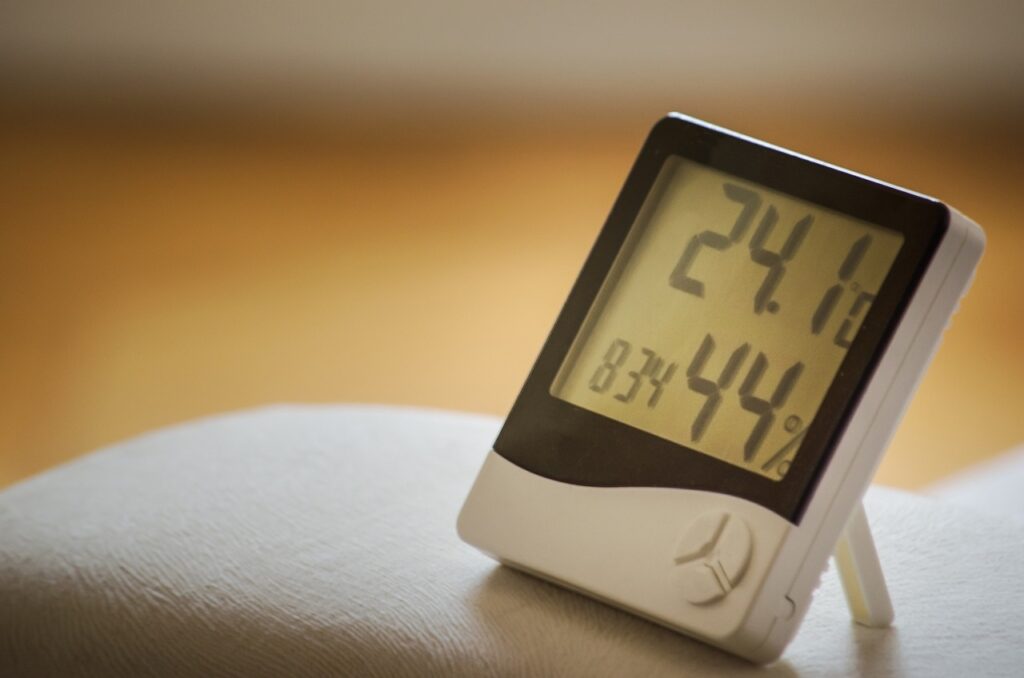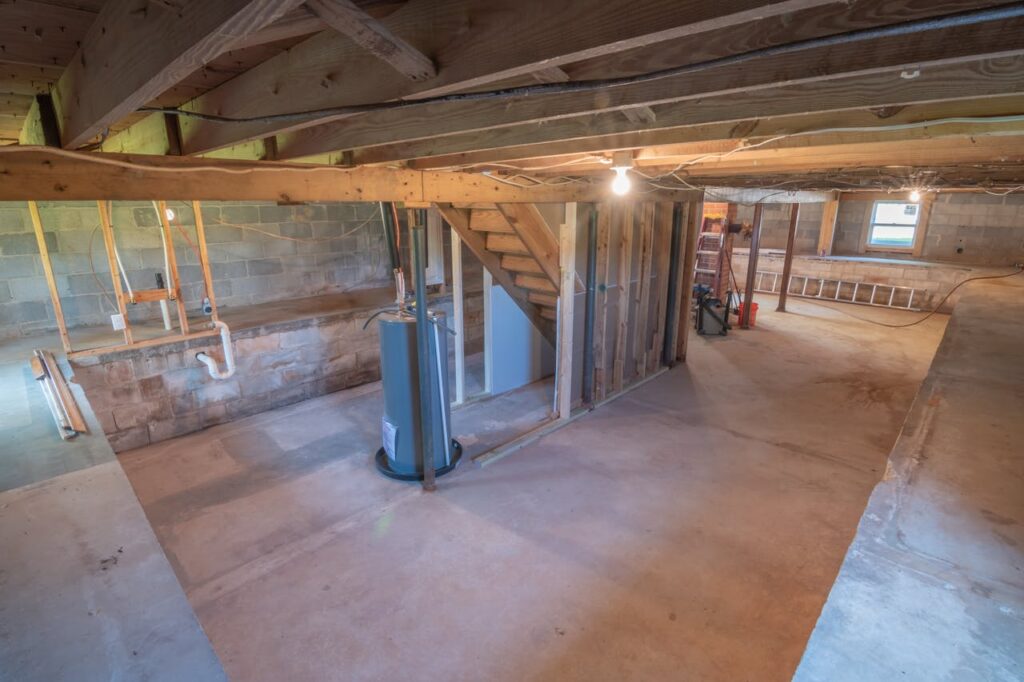
Are you struggling with excess moisture in your home? A dehumidifier may be the solution you’ve been looking for. Finding the best dehumidifier for home use can make a significant difference in the comfort and air quality of your living space. In this essential guide, we will explore why dehumidifiers are important, the optimal humidity range for your home, key features to look for in a dehumidifier, where to place it for maximum effectiveness, how to maintain it for longevity, and common mistakes to avoid.
Why a Dehumidifier is a Must-Have for Your Home
The presence of excessive moisture within your living spaces can lead to a host of problems that not only damage your home’s infrastructure but also compromise the health of its inhabitants. Mold growth, a prevalent issue in humid environments, not only deteriorates surfaces but poses significant health risks, particularly to those with allergies or asthma. Musty odors, a common indicator of excess humidity, can make living areas uncomfortable and unwelcoming. Furthermore, high levels of moisture can wreak havoc on furniture, causing warping and deterioration, while electronics may also fall victim to corrosion, leading to costly repairs or replacements.
A dehumidifier plays a crucial role in mitigating these risks by effectively controlling the humidity levels within your home, ensuring they remain within the optimal range. This not only protects your home and belongings from moisture-related damage but also significantly improves the overall air quality. The benefits extend to health improvements, particularly for individuals dealing with respiratory conditions, as a dehumidifier helps in creating an environment less conducive to allergens such as dust mites, mold, and mildew.
In addition to these benefits, a dehumidifier contributes to a more comfortable and inviting home atmosphere. By eliminating that clammy feeling and musty smells, your living space becomes more pleasant to spend time in. The importance of maintaining a healthy and comfortable home environment cannot be overstated, and a dehumidifier is a vital tool in achieving this goal.
Understanding the Optimal Humidity Range for Your Home

Navigating the delicate balance of humidity in your home is pivotal for both comfort and health. The sweet spot for humidity levels lies between 30% and 50%. When humidity climbs above this bracket, the environment becomes a fertile ground for the unwelcome growth of mold and mildew, potentially escalating into structural damage and health issues for residents. Conversely, when levels dip below this range, the air can become uncomfortably dry, leading to irritated skin, eyes, and exacerbating respiratory problems.
Maintaining this optimal range not only safeguards the structural integrity of your home but also plays a significant role in creating a healthier living environment. The control of humidity levels is crucial in preventing the proliferation of dust mites and other allergens that thrive in both excessively moist and dry conditions. To accurately monitor and adjust the humidity levels in your home, investing in a reliable hygrometer is advised. This tool assists in identifying the current humidity level, enabling you to determine the necessity for dehumidification.
Adjusting the humidity within the advised range can have immediate effects on the quality of your indoor air and overall living conditions. It’s a proactive measure that significantly contributes to a more comfortable and health-friendly environment. Therefore, understanding and maintaining the ideal humidity range in your home is an essential step towards ensuring a healthier, more enjoyable living space.
The Top Features to Look for in a Dehumidifier
Selecting the ideal dehumidifier for your home involves understanding the key features that cater to your specific needs. Capacity is a crucial factor; a unit’s ability to remove a certain amount of moisture from the air within a 24-hour period should align with the size of the space where it will be used. For larger areas, a large room dehumidifier is essential to effectively manage humidity levels. Energy efficiency is another important consideration. An energy-efficient dehumidifier operates more cost-effectively over time, making it a wise investment for eco-conscious consumers.
Modern dehumidifiers come equipped with a variety of special features that enhance usability and efficiency. Auto shut-off capability ensures the unit turns off when the desired humidity level is reached or when the water tank is full, preventing overflow and conserving energy. Adjustable humidity settings allow for precise control over the environment, enabling users to maintain the optimal humidity range for their home. A digital display offers an intuitive interface for monitoring and adjusting settings with ease.
In addition, some models offer the convenience of a continuous drainage option, eliminating the need to manually empty the water tank. This feature is particularly beneficial for those who use their dehumidifier frequently or for prolonged periods. For spaces like bathrooms, which are prone to higher moisture levels, the best dehumidifier for bathroom use would be one that can operate efficiently in smaller, more humid environments. Choosing a dehumidifier with the right combination of features can significantly enhance the comfort and air quality of your home.
Where to Place Your Dehumidifier for Maximum Effectiveness

Finding the ideal location for your dehumidifier is crucial for maximizing its efficiency and ensuring it functions at its best. The effectiveness of your dehumidifier largely depends on its placement within your home. Ideally, it should be positioned in an area where it can freely circulate air. Keeping the unit at least six inches away from walls or large pieces of furniture can prevent airflow blockages and allow for more efficient moisture removal.
High humidity areas within your home, such as basements, kitchens, and bathrooms, often benefit most from dehumidifier usage. However, for those using a large room dehumidifier, placing it in the most humid part of your living space, or where you spend the majority of your time, can help maintain comfortable living conditions throughout. It’s also wise to consider placing the dehumidifier in areas where moisture-sensitive items, like books or electronics, are stored, to protect them from potential damage.
When positioning a dehumidifier in spaces like the bathroom or kitchen, ensure it’s safely away from water sources to avoid any electrical hazards. Additionally, for models equipped with a continuous drainage feature, positioning the dehumidifier near a suitable drain can simplify maintenance and enhance operational efficiency.
Remember, the goal is to place your dehumidifier in a spot where it can effectively balance the humidity levels across your home, making thoughtful placement essential for achieving optimal air quality and comfort.
Maintaining Your Dehumidifier for Longevity and Performance
To ensure your dehumidifier remains a steadfast ally in controlling home humidity, adopting a consistent maintenance routine is indispensable. Over time, dust and debris can accumulate on the air filter, impairing the efficiency and air quality output of your device. A monthly inspection and cleaning of the air filter can prevent these issues, enhancing the dehumidifier’s performance and longevity.
The water tank, a critical component of the dehumidifier, demands regular attention as well. Failing to empty the water tank can not only result in overflow but can also promote the growth of mold and mildew inside the machine, counteracting the very purpose of the device. For units designed with a continuous drainage feature, ensuring the hose is securely connected and free from blockages is vital for uninterrupted operation.
Moreover, it’s important to heed the manufacturer’s recommendations for other maintenance tasks, such as checking the coils for frost build-up in colder climates and verifying the integrity of the water bucket for any leaks or cracks. These proactive measures can help prevent unexpected malfunctions and ensure your dehumidifier operates as intended.
Lastly, while your dehumidifier requires minimal day-to-day intervention, keeping an eye out for any changes in performance or unusual noises can be key indicators of a need for maintenance or repair. By integrating these maintenance practices into your routine, you can significantly extend the life of your dehumidifier, ensuring it continues to provide a healthier and more comfortable home environment.
Common Mistakes to Avoid When Using a Dehumidifier
When operating a dehumidifier in your home, it’s crucial to sidestep certain pitfalls that can hinder the device’s effectiveness and longevity. One common oversight is failing to position the dehumidifier in an area with adequate airflow. Placing it too close to walls or furniture can restrict air circulation, diminishing the unit’s moisture removal capabilities. Additionally, selecting a dehumidifier that’s not properly sized for the room can lead to suboptimal performance. A unit that’s too small for a large room will struggle to reduce humidity levels effectively, while an oversized dehumidifier in a small space may cycle on and off too quickly, not allowing enough time to properly dehumidify the air.
Ignoring the importance of regular maintenance is another misstep that can compromise your dehumidifier’s efficiency. Neglecting to clean or replace the air filter as recommended can lead to poor air quality and decreased operational efficiency. Furthermore, failing to monitor the water tank’s level, especially in models without automatic shut-off features, can result in overflows and potential water damage.
Lastly, overlooking the manufacturer’s guidelines for optimal temperature settings can cause the unit to freeze up or operate inefficiently. Dehumidifiers are designed to function within specific temperature ranges, and using them outside of these parameters can lead to damage or decreased performance. By avoiding these common mistakes, you can ensure your dehumidifier runs effectively, providing a healthier and more comfortable environment in your home.
